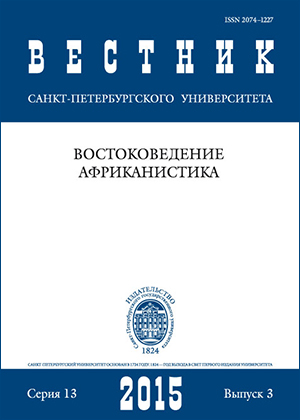Japanese colonization of Hokkaido (end of XIX — early XX centuries)
Abstract
This paper focuses on the colonization of Hokkaido by Japanese in the late XIX — early XX centuries. Based on statistics and cartographic data authors distinguish the stages of resettlement, the social structure of migrants, their landscape preferences and the order of landscape selection. Special attention is paid to the peasant agricultural colonization as the most widespread and significant in the development of the region. The analysis process inter alia of other colonization is of special scientific interest because it was geographically close (the island) and is carried out by a single nation. The authors of this article compare number of migrants on Hokkaido and the territorial distribution of their new settlements. It has been observed the number of migrants and the number of new settlements do not necessarily correlate with each other. These characteristics describe the different components of the colonization process. The spread of new settlements rather characterizes the “capture” of new territories and the number of migrants characterizes the “development” of these territories. The authors also consider the dependence of the rate of Hokkaido’s colonization on natural disasters and adverse weather conditions in the homeland of migrants. Refs 22. Figs 11.
Keywords:
Hokkaido, migrants, colonization, landscape, demographics
Downloads
References
References
Downloads
Published
How to Cite
Issue
Section
License
Articles of "Vestnik of Saint Petersburg University. Asian and African Studies" are open access distributed under the terms of the License Agreement with Saint Petersburg State University, which permits to the authors unrestricted distribution and self-archiving free of charge.





